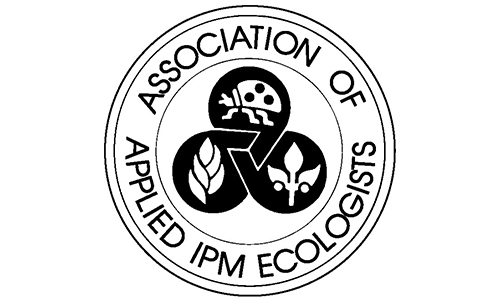Ecological Pest Management
The annual meeting of the Association of Applied IPM Ecologists took place November 29 to December 1 at the Visalia Marriott at the Convention Center in Visalia, California. Here are some highlights:
1. The Program

The programming for this year’s meeting was outstanding. Topics related to pesticides included safety, new regulations, impacts of pesticides on the environment, common pesticide use violations, resistance management, and biopesticides. Great presentations on vine mealybug, bees, soil diseases, Grapevine Leaf Roll and Red Blotch associated Viruses, vertebrate pests, and mealybug mating disruption. Crop specific sessions included grapes, citrus, tree nuts, tree grapes, and alfalfa.
2. Looking Back to Look Ahead
Steve Fennimore of UC Cooperative extension gave a fascinating presentation on the need to develop innovative cultivators to meet the weed control needs of the future. This is crucial as the risk of herbicide resistance becomes greater moving into the future.
There has not been a new mode of action released onto the market since 1990. Without new chemistries being introduced the likelihood of weeds developing resistance to any particular herbicide increases from repeated exposure to the few active ingredients appropriate for any particular cropping system. The reason there hasn’t been a new active ingredient introduced in 27 years is likely the cost. It costs approximately $286 million to bring a new herbicide to market.
On the other hand, it costs approximately $12 million to develop an automated technology to do the same thing. So bringing machine technology to market is much more feasible than creating and registering new chemistries.
Additionally, machines are not regulated like pesticides.
Therefore, it makes sense to support and pursue new mechanical solutions to control weeds. An example is applying recent advances in optical recognition and machine learning to build an “intelligent cultivator” that performs better than current in-row cultivators which move around the trunk of a vine when activated by a lever leaving the weeds closest to the trunk intact.
3. The PPE Test
Emma Wilson from the California Department of Pesticide Regulation presented on how to identify and use the correct personal protective equipment (PPE) when using pesticides. After discussing when and what type of PPE are required for different situations she brought volunteers to the front of the room, tossed a box of various PPEs on the floor, and gave the volunteers a hypothetical scenario. The volunteers then had to pick out the correct gear and put it on properly. A very effective and memorable teaching tool.
4. Exhibitors
Most meetings of this type have an exhibition area in the hallway or a ballroom. The exhibition at the AAIE meeting is a little different. Because of the ecological focus of the organization the exhibitors show off more alternative, creative, and environmentally sensitive products. Ranging from fertilizers approved for organic farming to complex crop monitoring systems using the latest in sensing, automation, and machine learning technologies. It was a chance to see products one wouldn’t normally see.
5. “Geeking out”
The exchange of information didn’t stop between sessions. One exhibitor had a dissecting scope at their table with a vine mealybug trap. People were kneeling in front of tables and crowded around chairs showing each other things on their laptops. People were talking about trap counts, insect parasitism, insect predators, things they have tried that worked, things that didn’t work. There were people walking around with loups hanging around their necks. Not something you usually see at a hotel.
6. “Straight Talk”
Growers, PCAs, and regulators spoke honestly about sensitive issues and persistent problems. This “straight talk” is not only refreshing, but necessary. These conversations took place during Q&A in the sessions, but also in the hallways between sessions.
7. Seeing Old Friends
There are some people you only see once a year at a meeting. The meeting is a time to compare notes on the last season, share new experiences, and generally pick up where you left off last year. Incredibly valuable.
8. Making New Friends
Expanding your network is always a good thing, but expanding your knowledge base is even better. The AAIE meeting draws a diverse set of attendees from all manner of crops, all areas of the state, and all kinds of backgrounds. This leads to fruitful cross pollinations that wouldn’t happen at a crop specific meeting.
9. The Roundtables
Time is set aside for people to gather based on their crop and exchange information and wisdom. These roundtables have no agenda, just a moderator who leads the group in a free flowing and open-ended discussion. People from all over the state learn things they would never be exposed to otherwise. Some of the most useful information comes from the more senior participants. Sharing what they’ve tried in the past- in some cases 20 or even 30 years ago- is invaluable.
10. Member of the Year
Outgoing Vineyard Team Chairwoman Erin Amaral was named AAIE Member of the Year, an honor she deserves. Erin has done much to encourage her colleagues to farm in an ecologically sensitive manner. Congratulations, Erin!
Learn more about AAIE here.

